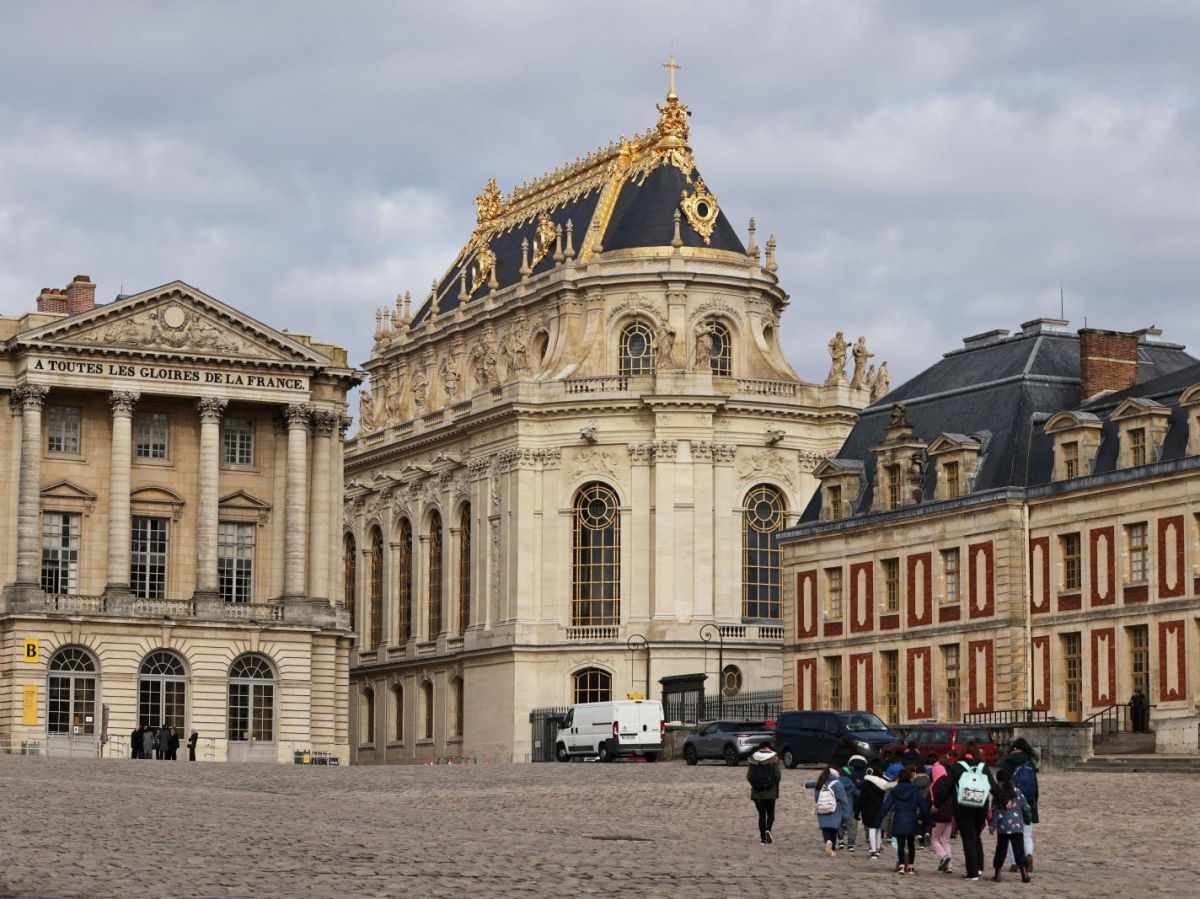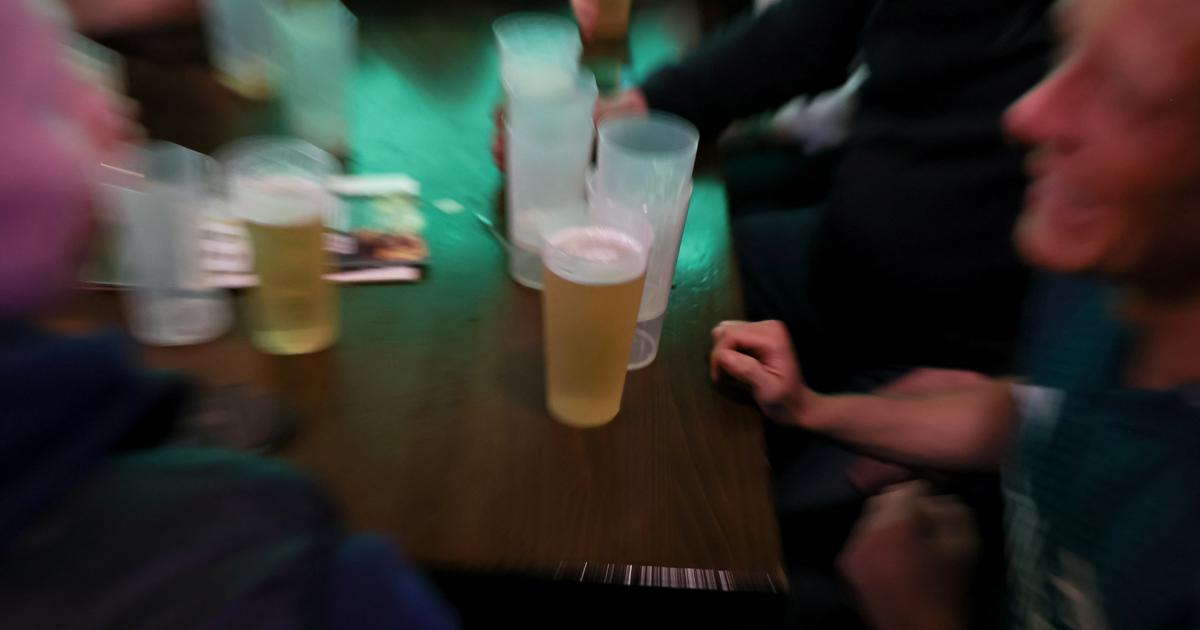Performance, time saving, efficiency. All these benefits promised by artificial intelligence (AI) are a good idea for the competitive business world. But it seems to apply just as well to artists.
Two scientists from Boston University (United States of America) investigated what is happening in the world of digital graphic creation in the era of tools for generating images from texts in natural language (text-to-image). Assessment? Productivity increases at the expense of originality of content.
This work, available for free, was published in the journal PNAS Nexusfrom March 2024. It refers to the 4.3 million digital works published on the platform, the name of which is not published, but it is presented as one of the most important with 61 million registered members and 45 million unique visitors every month.
5,800 users of generative artificial intelligence in art
The affected works were created by more than 53,000 artists, including 5,800 generative artificial intelligence users who were identified by keywords associated with their creations (“AI”, the name of the software used). The observation spans over a year and a half of publication, from January 2022 to June 2023, and is limited to the use of the three most well-known and powerful instruments, Midjourney, Dall-E 2 and Stable Diffusion, including all early versions. appeared between February and August 2022 (Dall-E dates from January 2021).
This allowed the researchers to compare the output of artists using AI and that of non-users, but also to see how the same artist’s creations evolved between the period when he worked without AI and when he started using these tools.
The observation is quite clear: there is a 25% jump in the number of works published by those using artificial intelligence. A peak of 50% more publications is even within the first two months of adopting these TPIs.
With AI, visual styles become standardized
Then the researchers evaluated the content and level of their originality. To do this, they compare and quantify the level of difference between a given work created by artificial intelligence and others. They rely on two criteria: what they call “content”, that is, the main represented object and those with which it is presented in the work, and the visual criterion, which consists in analyzing the level of working pixels.
To analyze the content, the researchers used the BLIP-2 multimodal model, which works differently from generative models like Dall-E 2: we send it an image and it generates text describing what’s up there. On this basis, the researchers note that, on average, “the main theme and themes depicted in works created by artificial intelligence users will gradually begin to resemble each other over time (non-AI artists).”
On a visual level, the AI effect also results in a level drop. This means that visual styles become more uniform over time with “relatively small deviations” note the authors. Which also presented an explanation: “This trend may be due to the process text-to-image tools by which rapid engineering follows a set formula to generate the desired high-quality images in a certain style.”
However, it is not a matter of blaming AI itself, but rather the fact that artists have become trapped by the very mechanisms of these tools. On the other hand, the researchers believe that knowing how to better filter, specify and refine your challenges can become a skill that will make a difference and allow AI-assisted art to move away from this trend towards standardization of subjects and styles.




